11/17/2016
Enterprise
Find Your Oprah, and Why Building Community is Everything
Kicking off the Lightspeed “Leading Lights” Series with TaskRabbit CEO Stacy Brown-Philpot
I’ve worked with a lot of CEOs in my 20-year career in venture capital. Stacy Brown-Philpot, the CEO of TaskRabbit, embodies what I consider a new generation of leaders taking charge within the technology startup world and more broadly within business.
Stacy and her cohort are constantly questioning the more traditional way of doing things. They aren’t afraid to experiment with new ideas, and they place a premium on communicating with their team. Stacy is always looking for ways to directly address the issues that come from those important discussions, and from what she learns, devise strategies that drive a better culture and a better business.
For those reasons and others, she also happens to be one of my favorite CEOs.
I sat down with Stacy in San Francisco Tuesday night to kick off our Lightspeed “Leading Lights” series, an ongoing discussion about the people and trends that move Silicon Valley and the startup world forward.
From Detroit to Wharton, Wall Street and now Silicon Valley, Stacy spoke of her path to becoming a CEO, the importance of encouraging people to show up as they truly are, and why everyone should find their own “Oprah”. Below are some highlights from our conversation.

Q: You are from Detroit, and in a lot of ways there is no obvious straight line between there and where you are today. Who were your role models growing up, and how did they push you to get here?
A: I grew up in a house on the West side of Detroit with four generations of women living with us. My great grandmother and my grandmother lived with us. My mom was a single mom.
There are a lot of reasons why I shouldn’t have become successful. It was hard to grow up in the inner city. But there were people who believed in me in a way that I didn’t believe in myself, and my grandmother was one of those people.
Grammy — that’s what I call her — really focused on how I needed to get an education. She didn’t complete high school herself, and she wanted me to complete it. She made sure I stayed out of trouble and stayed focused on the value of our family. In particular she never let me give up on anything. When I was too tired to do my homework, when I couldn’t make friends on the playground, she never let me give up.
Q: You went to Wharton based on its reputation as a top business school, met your husband Chris there, and like many Wharton grads ended up on Wall Street at Goldman Sachs. That still isn’t Silicon Valley, so how did you get here?
A: I was at Goldman Sachs in 1999, during the boom and the bust. There were a lot of tech deals happening, and I became fascinated with what was driving those. How are these tech companies driving value, and what is this thing called Silicon Valley? I was in M&A at Goldman Sachs and we were working with these big companies with all this revenue and EBITDA — stuff you could calculate that was real.
At the same time, there were all these companies in Silicon Valley that had no revenue, and if they did, they had no profits. And yet they were creating all this value, and so I was fascinated. I came to Stanford to get my MBA. I immersed myself in Silicon Valley and it’s where I discovered what I really wanted to do.
Q: You went from Stanford to Google, where you worked for nine years. During that time Google went from 1,000 people to 50,000. What were the biggest changes over that period while you were there?
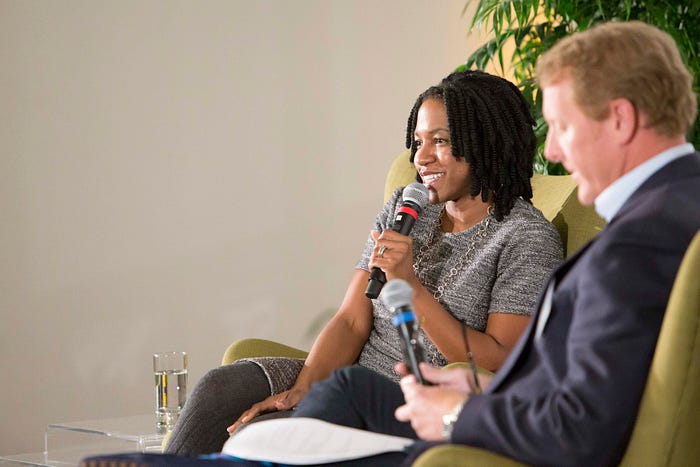
A: At 1,000 people, you could see all the buildings we inhabited. At 50,000 people you just don’t know anybody anymore. What changed was that we had to grow up professionally as a company, and figure out ways to communicate where not everybody is going to every meeting or is being copied on every email. We had to find ways to build a culture that could span across multiple offices and places in the world.
I ran our office for a period in Hyderabad India, and we had to make sure that when you walked into that building in India, around the world from Mountain View, you felt like you were walking into a Google building, that the Google culture was present and intact.
And of course, we had to figure out how the Google business model was going to evolve.
Q: While at Google you launched the Black Googler Network. How did you come up with the idea? How did you get it off the ground?

A: It was really born from my experience. I had been at Google for a couple of years and there really weren’t a lot of people that looked like me at the company, and I felt we should do something about it. We were growing by the thousands — at some point 10,000 in a three-year period, but we weren’t adding more African Americans to the company. And I just said, “We should hire more black people.” No one disagreed. So I created an email alias and asked the black people I saw if they were interested. I then got budget to recruit from schools we don’t normally recruit from, historically black schools for example, thus creating more targeted programs to find and hire more black people.
Q: Did recruitment fix everything?
A: Not over time. What we realized in the later years is that it’s not just recruiting but retention and engagement that are hugely important. Building community is everything. People were coming, but they were leaving after two years because they couldn’t find the same community that they had in Atlanta or Philadelphia or wherever they grew up. And we spent a lot of time thinking about how we build community at not just Google but more broadly within Silicon Valley so people will stay and be an ongoing part of this incredible ecosystem.
Q: Why would you ever leave Google? Or, to ask that differently, what were you thinking when you made the decision to leave and join Task Rabbit as COO and now CEO?
A: I was sitting in my corner office at Google, with these floor-to-ceiling windows. My dog Zeus was there on his pillow. I had a huge team that I was managing. And I thought to myself, is this really what I am supposed to be doing right now? Google is great company, I had a great team, but I felt like I needed a change. I felt like I needed to move on to something bigger at a place where I could rebuild again. I wanted to go someplace where I could build something that mattered.
Q: What was it that mattered about TaskRabbit that brought you to the company as COO?
A: I met Leah Busque (the founder and now chairwoman of TaskRabbit), and even though I didn’t know it at first, she slowly began recruiting me for the COO job they had open. I just fell in love. The vision around revolutionizing everyday work really means a lot to me. I am a very busy mom and I use the service all the time. And we are creating jobs.
There are people who I grew up with, good, hard-working people, who couldn’t find jobs. And this is a platform that is all about job creation. It mattered, it matters — tremendously. I think of my mom, imagine if she had had something like this. She probably could have made more money, and she wouldn’t have had to work as many hours, or been more flexible with her hours so she could spend more time with us.
Q: You took the CEO role last April, and I know you talked to a lot of CEOs to get ready for the job. What were the key pieces of advice?
A: There were three things that really came up consistently.
1. Find a coach. Who is the peer group of people you are going to go to when times are hard, and how are you going to work with those people?
2. Really understand your board, and what they can do to be helpful to you. Structure board meetings to achieve that.
3. As CEO think about how you are spending your time within three buckets — people, strategy and process. So at any time how are you doing with people? What’s the strategy? And what’s the process? I always try to allocate my time around those three buckets, and I try to be very disciplined on how much time I spend on each. And if I am doing something, it should be something that only I can do. If it isn’t, and someone else in the company can do it, then they should be doing it so I can get back to that people, strategy and process way of thinking.
I do have some tricks, like I do all my 1:1s on one day of the week. I make it a priority to go to our Monday morning standup every week in person to listen and talk with the team. And I do make time to talk to other CEOs every month. The job of CEO is lonely, and if you don’t talk with other people you start talking to yourself, and that is the definition of crazy.
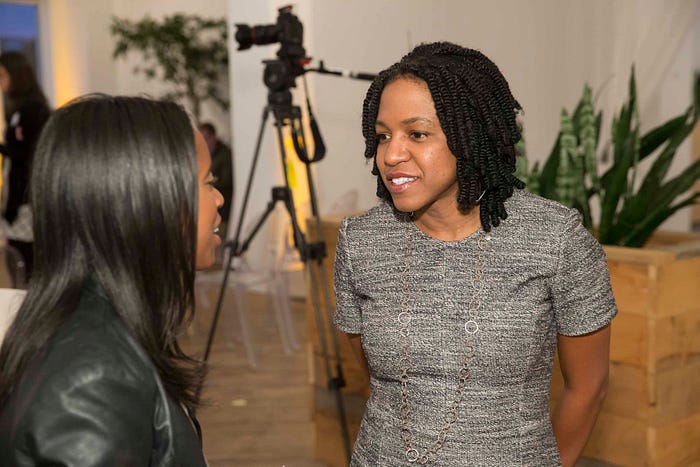
Q: You have this concept of “Your Oprah” What is that? And do we all need one?
A: I grew up watching Oprah. We had one TV, and you watched what my grandmother was watching, and that was Oprah. So I watched Oprah every day. I always wanted to meet Oprah. And that day came.
I got invited to a dinner, and I knew I had to do whatever it took to get there. I had a chance to talk with her, I talked about my childhood, and it was this truly inspirational moment to meet Oprah. Ever since then I have had thought about life in that meeting Oprah way — what’s that moment where you meet that person you’ve always wanted to meet, that’s shaped how you think about life? That changes your life?
If you are a company, what is that partnership that is your Oprah? That moment that elevates and accelerates all the things you are working so hard at? There is a partnership with one company that I thought, if we can get this done it is the intersection of people and companies that makes TaskRabbit an amazing business. As a company it is our Oprah.
Every company should have one. What is the one thing that you would do whatever it takes to make the company successful? So when that moment comes, you do whatever it takes.
Q: A few days after the election, you addressed the entire TaskRabbit team. What did you say?
A: What was important to me about the election the whole time was people going out to vote. My great grandmother didn’t have the right to vote, so it was important to me that people exercise that vote. As frustrated as many people were, and still are at the outcome, there are people who work at our company who supported and voted for Donald Trump. And there are people in the country who are happy with the outcome. And so I shared that TaskRabbit should still be the place where you bring your whole self to work, and we should respect everyone’s views, even if those views are divergent. We should seek to understand first, and then to be understood about why those views might be different from yours.
A lot of what I saw happen around the campaign and the ultimate results, is a hopelessness that people feel around our future as a nation and their own individual futures.
TaskRabbit is a company that is creating jobs. And we are building a business around the opportunity for work in ways it doesn’t exist. In the coming years you are going to see more people doing specialized services as part of this sharing economy that TaskRabbit has pioneered. You are going to see fewer people working a traditional 40-hour workweek. The traditional job is no longer the solution.
I think we have a platform that now sets us up to bring people together around the creation of new kinds of jobs, and ultimately around hope.
If you are as passionate about entrepreneurship as we are and would like to attend our next “Leading Lights” event, send us a note with your LinkedIn profile to events@lsvp.com.
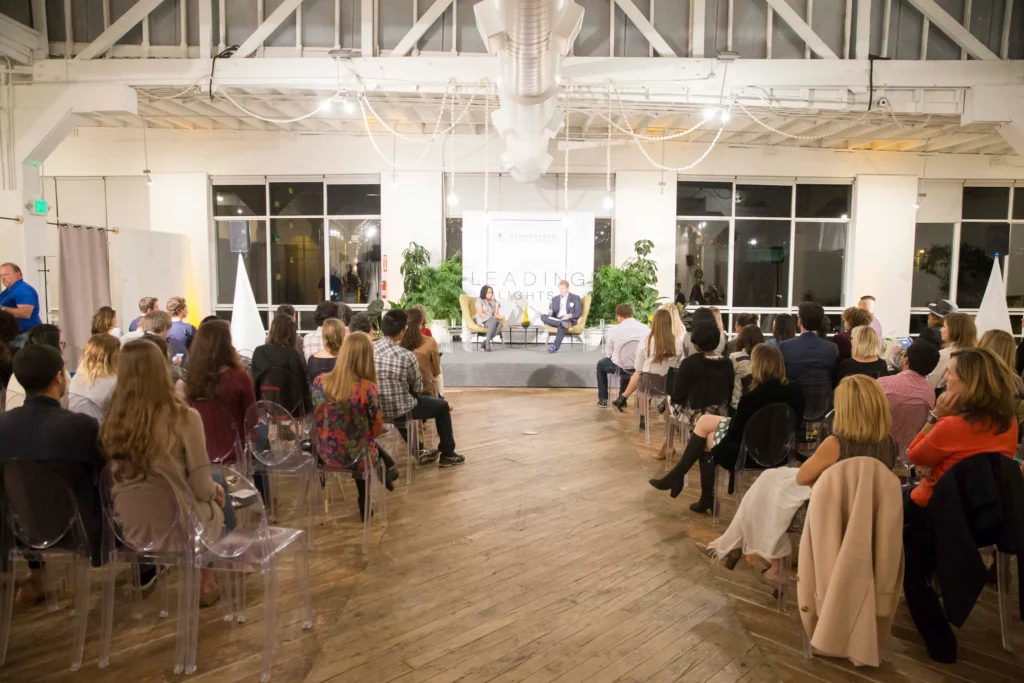
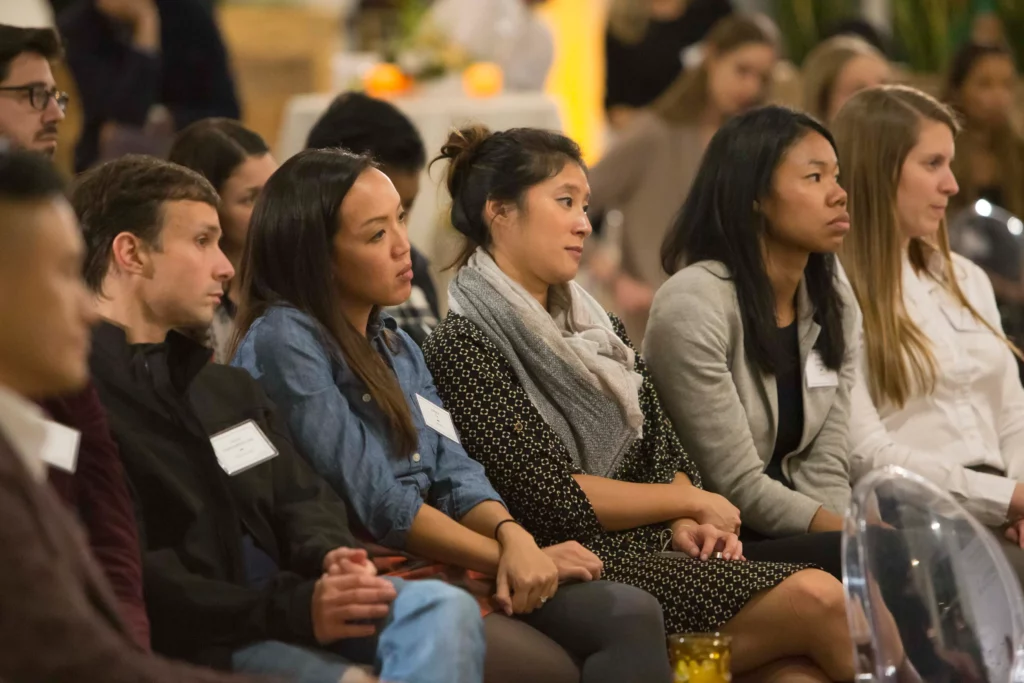
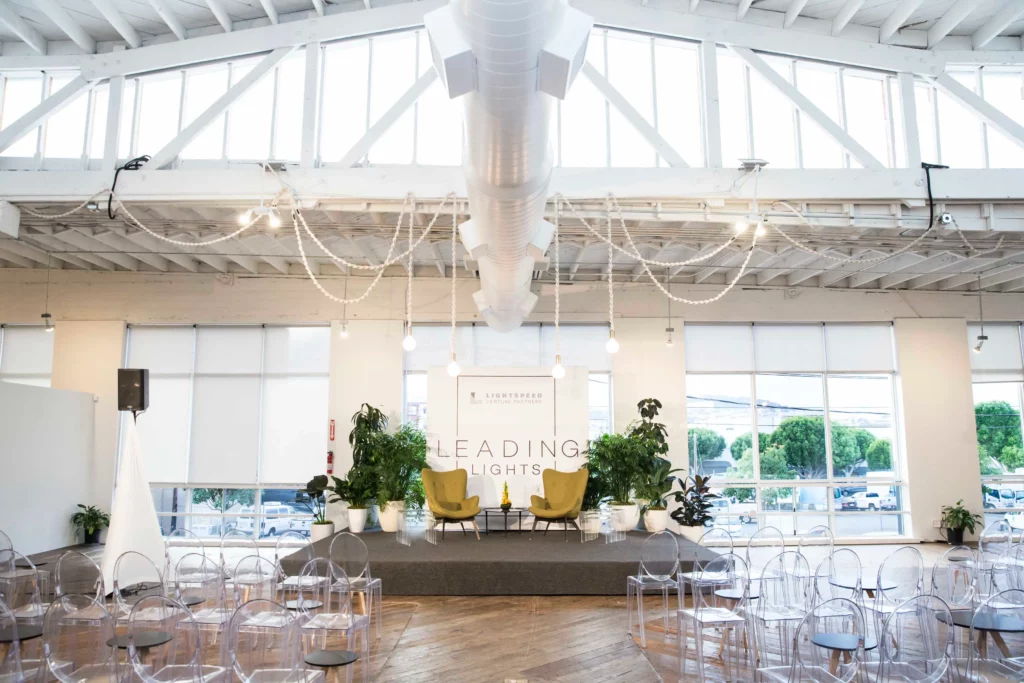
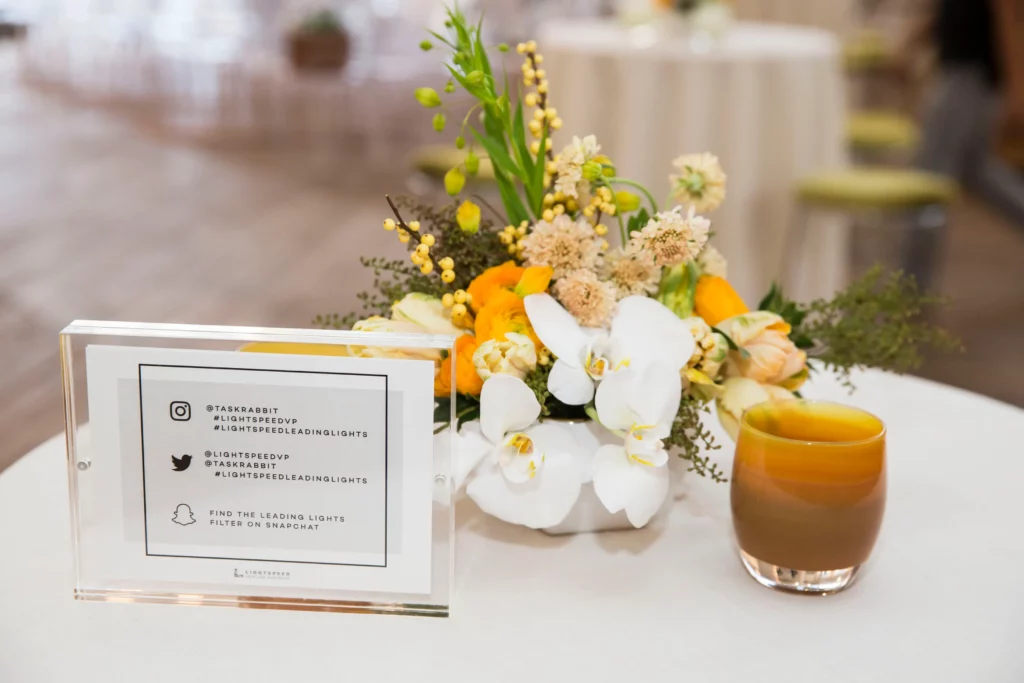
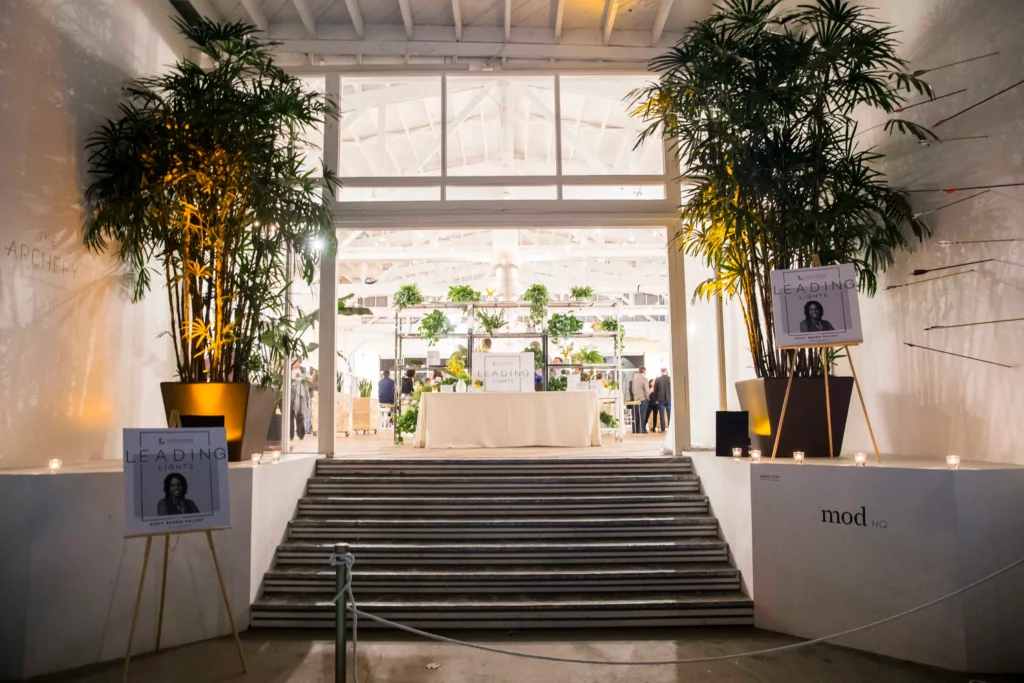



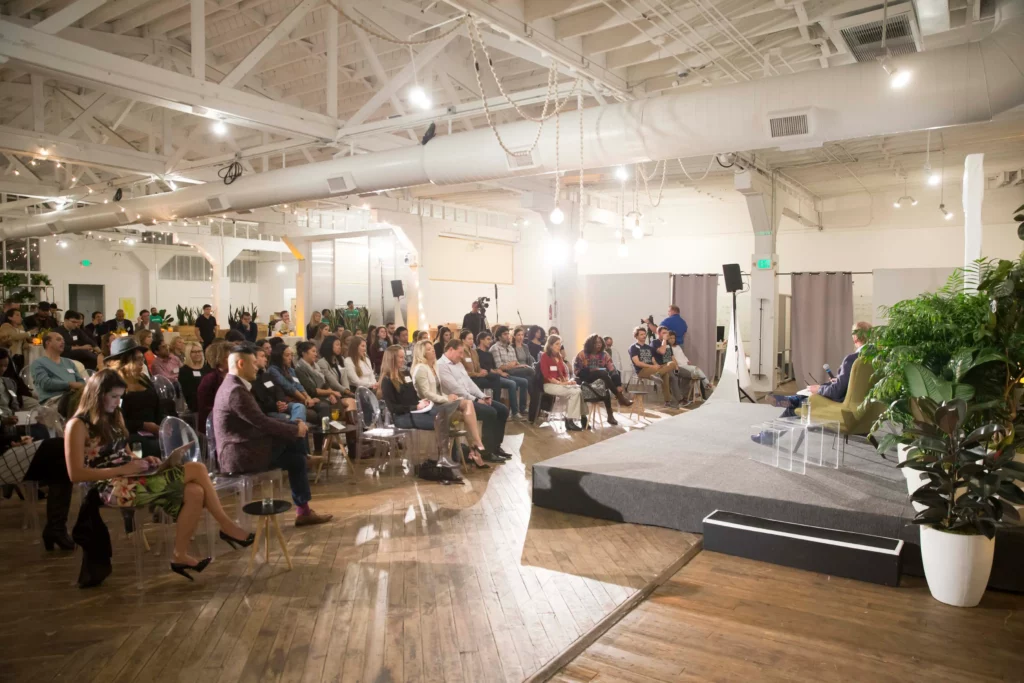
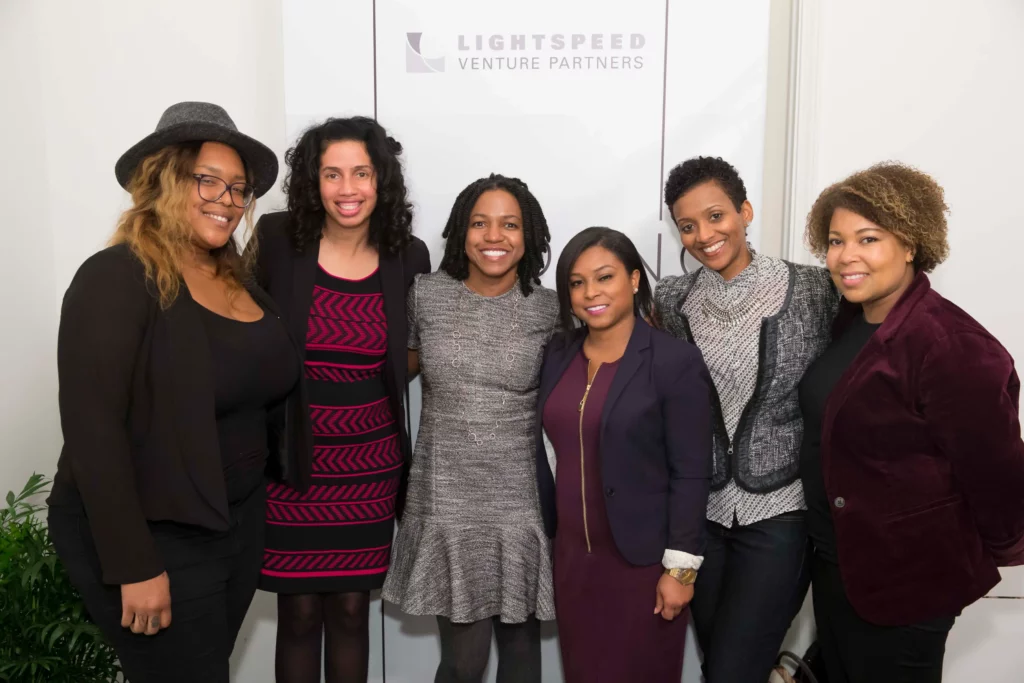
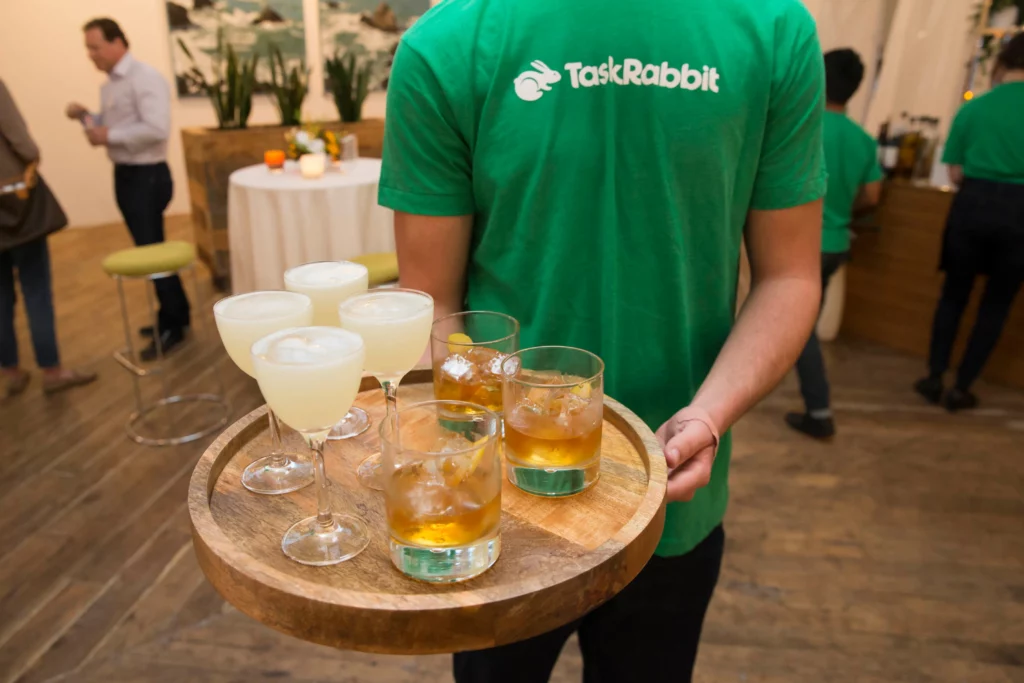

Authors




